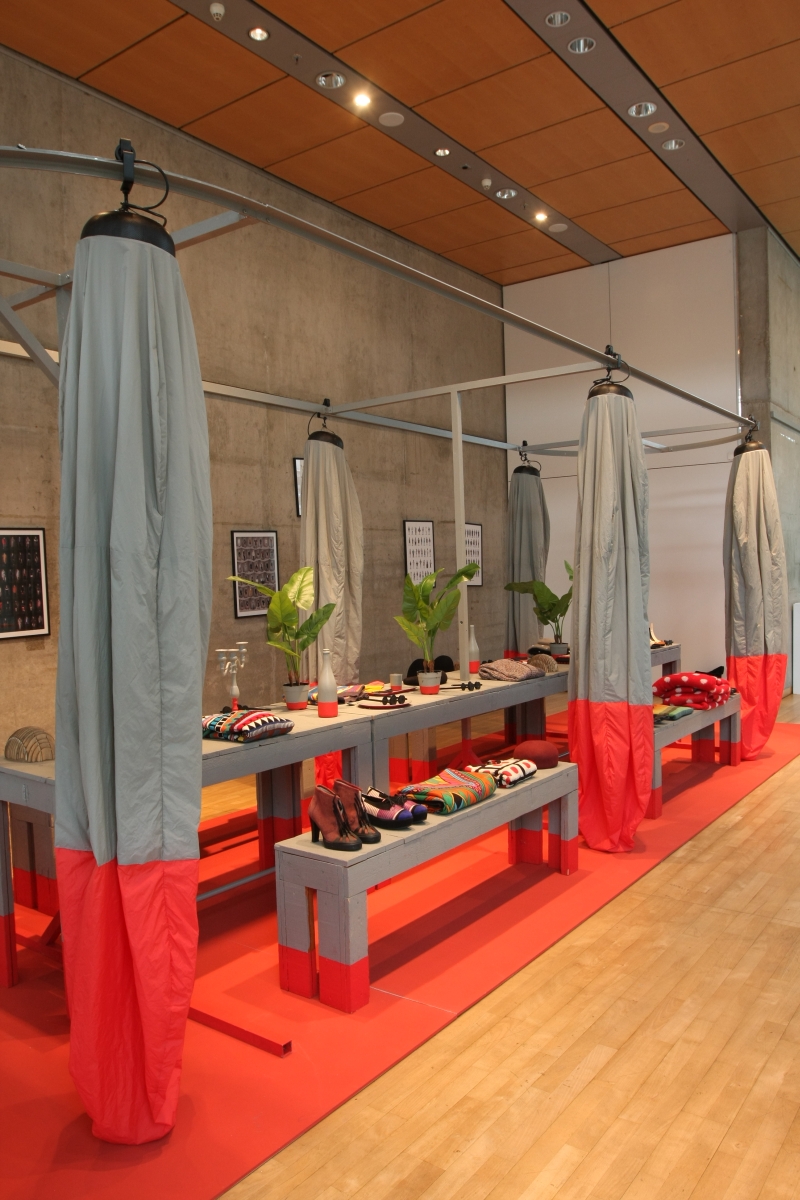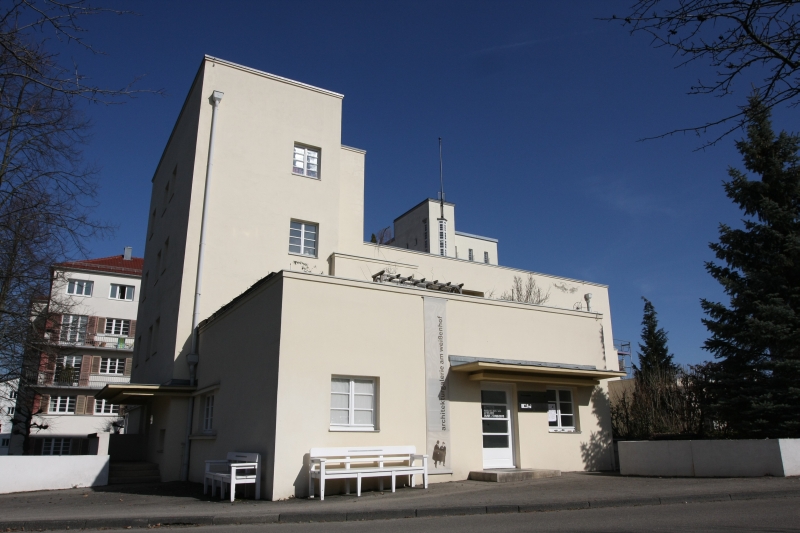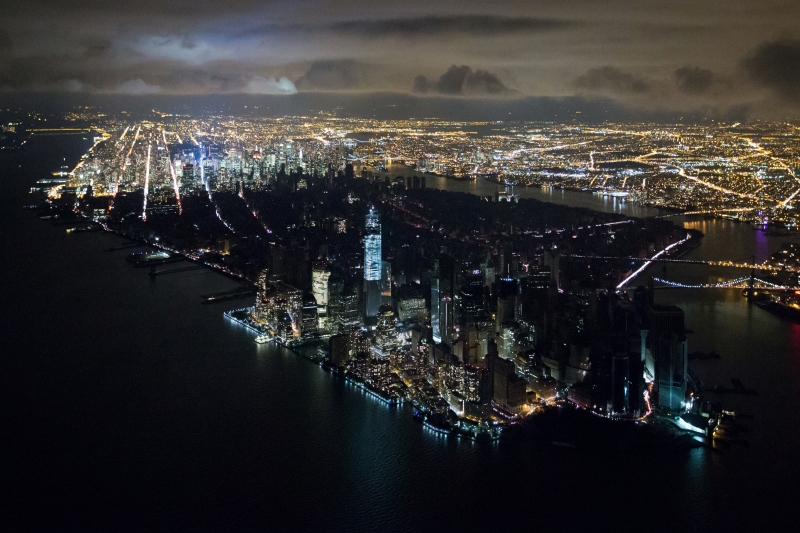5 New Design Exhibitions for December 2013
It being that time of year when the only exhibition most of us are interested is the one displaying “presents with my name on them”, there are only very few design exhibitions opening this December.
Very few. But some. Here a selection of the more interesting ways to work off that extra roast potato or twelve……..
“Mensch Raum Maschine. Stage Experiments at the Bauhaus” at Stiftung Bauhaus Dessau, Germany
Despite the current theatre surrounding the decision not to renew Stiftung Bauhaus Dessau Director Philipp Oswalt’s contract, the winter 2013/2014 exhibition in Dessau is strictly concerned with historic thespian adventures. Established in 1921 by Walter Gropius with the aim of exploring the forthcoming technical revolution in context of its consequences for the human being, human psyche and human soul, the Bauhaus Stage was initially led by Lothar Schreyer until in 1923 Oskar Schlemmer took over the reins. And Schlemmer probably remains the Bauhausler most associated with the project, not least through the manifold costumes and machines he developed and created for the institute’s productions. Costumes and machines that mean it is often far too easy to forget what an influence the theatre had on Bauhaus and those who studied there. With Mensch Raum Maschine the Stiftung Bauhaus Dessau present, according to them, the first detailed exhibition devoted to the work and legacy of the Bauhaus Stage.
Mensch Raum Maschine. Stage Experiments at the Bauhaus opens at Stiftung Bauhaus Dessau, Gropiusallee 38, 06846 Dessau-Roßlau on Friday December 6th 2013 and runs until Monday April 21st 2014.
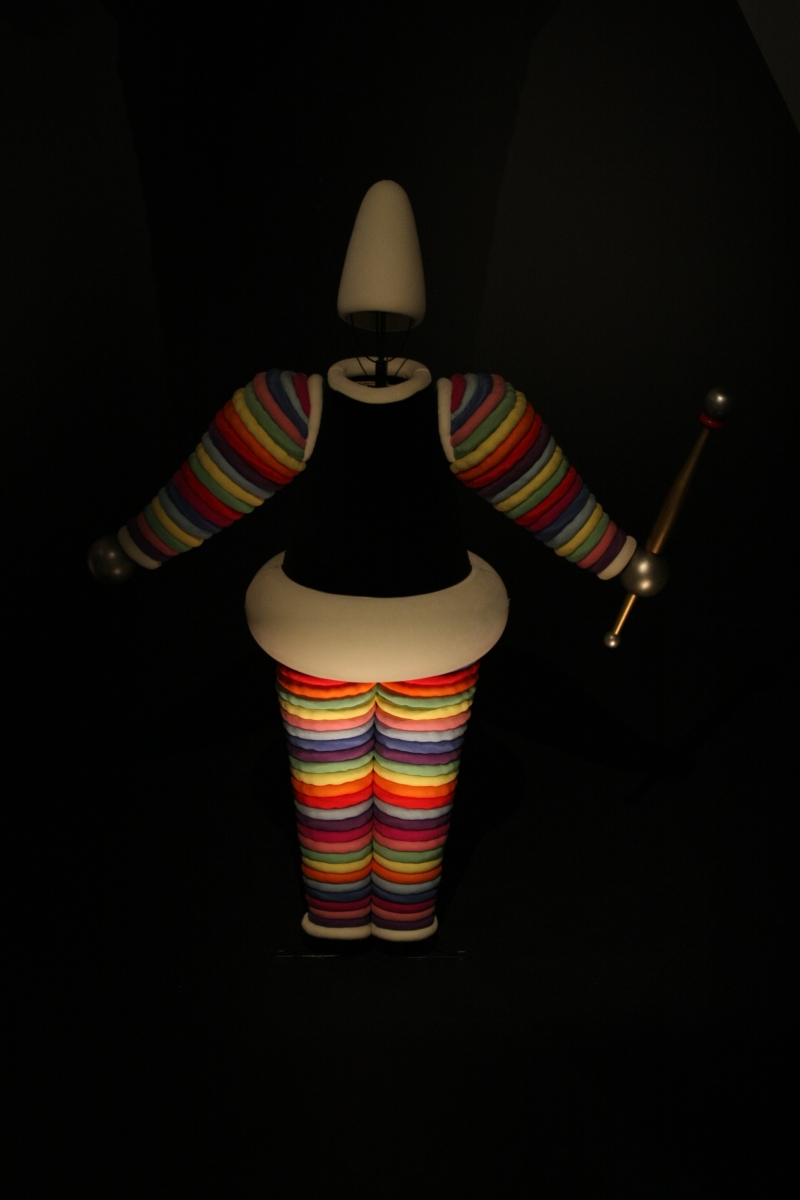
One of the costumes from Oskar Schlemmer 's Triadic Ballet, seen here at Bauhaus: Art as Life, Barbican Centre London
“The New Danish Cool” at Hôtel Droog, Amsterdam, Holland
Older readers will be aware that if there is one thing that is guaranteed to get our blood boiling it is lazy talk of “Danish Design”
Because it don’t exist.
Denmark has a long, prestigious and important design tradition, but no unique “signature” that can allow one to class it as anything other than a component of a global design tradition founded in the molten ore of social, cultural and political developments.
The misguided myth that Denmark is somehow sui generis was largely established through the works of architects and designers such as Arne Jacobsen, Hans Wegner or Poul Henningsen, but who is carrying the alleged tradition forward today? And how does contemporary Danish creativity manifest itself?
The good folks at Hôtel Droog are currently providing a few answers.
Although largely based around the commercial expressions of modern Danish creativity in the form of furniture and accessories from the likes of Normann Copenhagen, Kvadrat or HAY, and the clothing of the ever amiable Henrik Vibskov, a central component of the The New Danish Cool is an exhibition of photographs and videos documenting and explaining how Copenhagen based bureaux BIG Architects developed the city’s Superkilen Urban Park, a park created as part of an urban regeneration initiative.
We suspect many visiting the Hôtel Droog exhibition will be looking for the tired clichés, we hope, and trust, they will discover something much more satisfying. More real.
The New Danish Cool opened at Hôtel Droog, Staalstraat 7B, 1011 JJ Amsterdam on Thursday November 28th 2013 and runs until Sunday January 5th 2014
“Soziale Hilfsprojekte – Fragen/Antworten” at Architekturgalerie am Weißenhof, Stuttgart, Germany
And while on the subject of urban regeneration……. Why do people participate in social help, care and aid projects?
Because they are nice?
Because they want to help society?
To prove through their contribution that they are good, generous, benevolent individuals?
To improve their own sense of “self”?
To help those less fortunate?
Presenting the results of a project run by the Kunstakademie Stuttgart’s inter-disciplinary Weißenhof-Institut, Soziale Hilfsprojekte – Fragen/Antworten looks beyond the easy questions surrounding social aid projects, beyond the questions directed purely at what the project does, and asks, for example, who decides the budgets of such projects, when is a project sustainable and, for us perhaps the most interesting question, what is the difference between architecture and social architecture. A question which of course generates the automatic follow-up: why isn’t all architecture social?
Soziale Hilfsprojekte – Fragen/Antworten opens at the Architekturgalerie am Weißenhof, Am Weißenhof 30, 70191 Stuttgart on Thursday December 12th 2013 and runs until Sunday February 16th 2014.
“Skin to Skin. Über Haut und Häute” at Gewerbemuseum Winterthur, Switzerland
In addition to being the largest human organ and the best defence against disease and infection, over the decades skin has continued to fascinate, inspire and motivate artists, designers and architects – either directly or as a metaphor.
In their exhibition Skin to Skin the Gewerbemuseum Winterthur will present works by designers, artists and scientists which the curators claim not only explore skin as a material, but also strive to demonstrate the social, cultural and political nature of skin. Featuring works by creative talents as varied as Studio Formafantasma, Simon Hasan, Fumie Sasabuchi or Nandipha Mntambo Skin to Skin also promises to be a challenging, if highly entertaining, collection of objects and philosophies.
Parallel to Skin to Skin the museum is presenting a second exhibition dedicated to leather in all its facets, thus allowing a even deeper exploration of the subject.
Skin to Skin Über Haut und Häute opens at the Gewerbemuseum Winterthur, Kirchplatz 14, 8400 Winterthur on Sunday December 1st 2013 and runs until Monday June 9th 2014
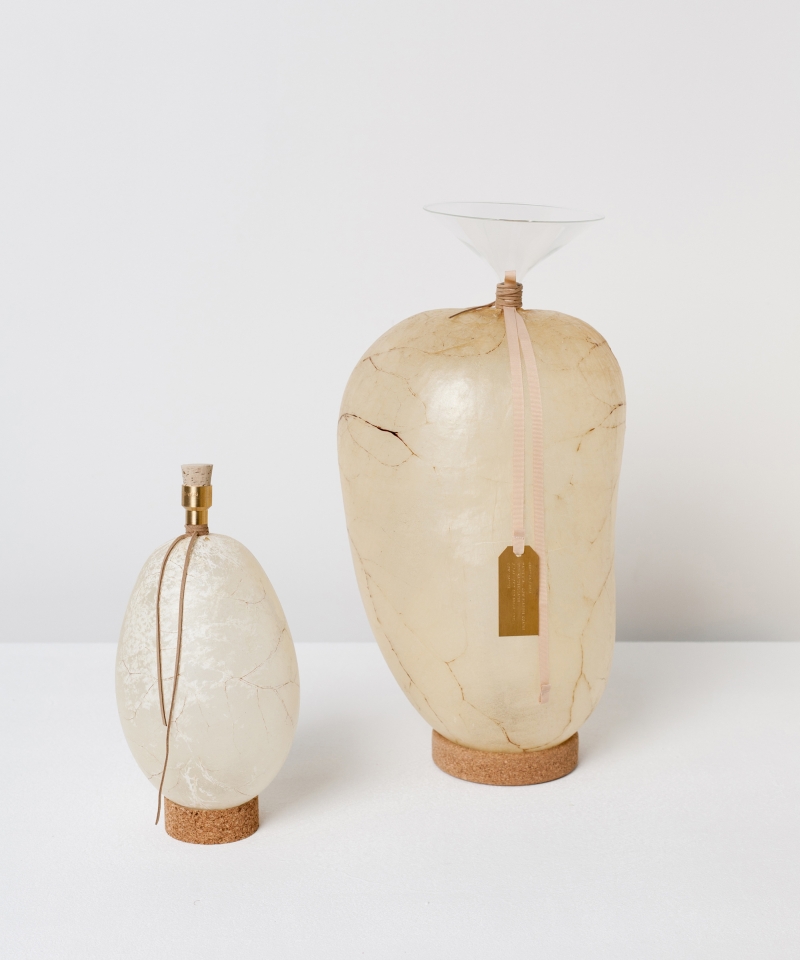
Studio Formafantasma (IT/NL): Water Container from the Craftica series, 2012 (© Studio Formafantasma. Photo: Luisa Zanzani)
“52 Weeks, 52 Cities. Photographies by Iwan Baan” at Marta Herford, Germany
Its probably fair to say that most of our favourite architecture photographs are the work of the Dutch photographer Iwan Baan. And we suspect that most of your favourites are also the work of Iwan Baan. You might not be aware of it. But believe us they probably are. With an enviable portfolio of atmospheric, narrative shots, a portfolio recently added to by his phenomenal aerial shots of Manhattan in the wake of Hurricane Sandy, Iwan Baan has established his own oasis of reflective creativity in a genre riddled with mind-numbing monotony. In 52 Weeks 52 Cities Iwan Baan takes us on a global journey that aims to present an honest impression of our current relationship to architecture and the built environment, be that, for example, the indefensible decadence of Zaha Hadid’s Heydar Aliyev Cultural Centre in Baku or the hopeful squalor of the squatted Torre David skyscraper in Caracas.
52 Weeks, 52 Cities. Photographies by Iwan Baan opens at Marta Herford, Goebenstr. 2-10, 32052 Herford on Sunday December 8th 2013 and runs until Sunday February 16th 2014
Tagged with: Akademie der Bildenden Künste Stuttgart, Bauhaus, Dessau, Iwan Baan, Stuttgart
